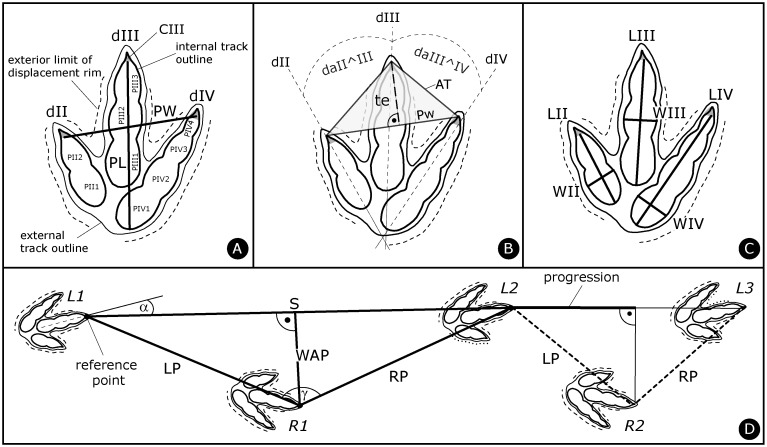Fig 3. Methodology of track and trackway labeling and parameter measurements.
Note that the pictured tridactyl track does not correspond to Megalosauripus transjuranicus, it is a schematic track with a typical theropod phalangeal pad configuration of 2-3-4 for dII-III-IV, respectively. (A) Track length (PL) and width (PW), labeling of digits (d), phalangeal pads (P) and claws (C). The internal track outline corresponds to the (interpretation of the) actual impression of the foot. (B) Interdigital angles (da) and anterior triangle (AT). PW is the width and te the length (measured perpendicular to the width) of the anterior triangle, which in the present case has an obtuse angle for the anterior apex indicating a low mesaxony. (C) Digit lengths (L) and widths (W). (D) Trackway parameters. Labeling of trackways always starts with L1; if L1 is missing R1 is the first number used. α is the rotation (in this case outward and thus a positive value) of the track (long axis) with respect to the next stride line. LP and RP are left and right pace, respectively; S is stride; WAP is width of the angulation pattern (measured perpendicular to the stride length; [20]), γ is pace angulation. The progression is a calculated value (with the Pythagoras’s theorem) and it indicates the forward movement of the trackmaker in the direction of the trackway during one footfall (pace) [20]. Progression is only half of the stride in the case of completely regular trackways. The reference point for the trackway parameter measurements is on the tip of the third digit (without the claw where preserved).

